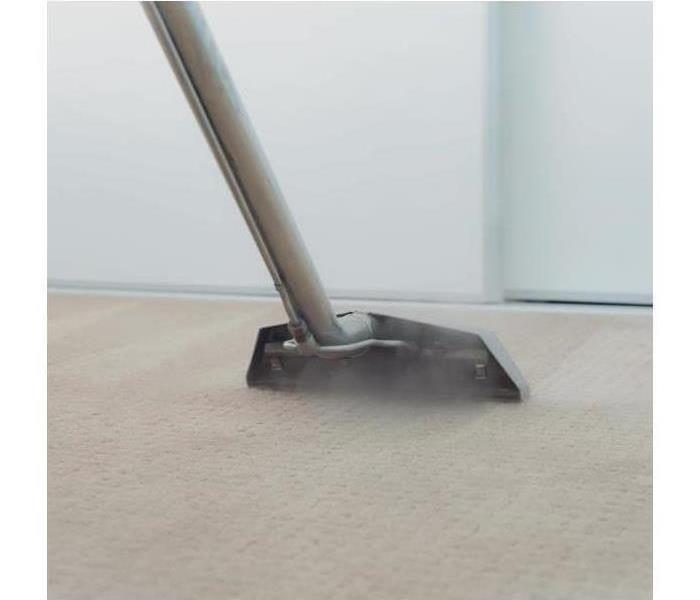Water Damage Remediation Process
10/18/2021 (Permalink)
Water Damage Remediation Process
If your Rest Haven, GA, business experiences flooding, mold growth can follow soon after. It is important to act quickly to minimize further damage. The following steps outline the water-damage remediation process:
1. Document the damage. Before you begin drying out the property, make sure to document the damage. Take a detailed photo and video evidence for your insurance company. As you work on cleaning up, make a list of all damaged items, when you purchased them and how much you paid for them.
2. Remove standing water. Use pumps or specialized vacuums to extract standing water. You can also use buckets to scoop out the water.
3. Dry remaining water. Even after most of the water has been removed, mold growth can still be a problem if furniture, documents or other items are left wet. Fans and dehumidifiers can help with the drying process. If the humidity outside is low, you can open windows and doors to increase airflow.
4. Clean and sanitize affected items. The type of floodwater will determine the best cleaner for your items. If the water came from a clean water indoor pipe, a standard household cleaner should be sufficient. However, if the floodwater contains bacteria, you will need a stronger disinfectant. Anything that cannot be fully dried and sanitized should be thrown away. Professional restorers can help you determine what is and is not salvageable.
5. Repair and replace damaged objects. When everything is clean and dry, you can begin making repairs to your building and bringing in replacement items. Some of these repairs, such as painting, you may be able to do yourself. Delicate objects, such as electronics, will likely require professional restoration.
Flooding can happen to any business, and the damage can be serious. If your commercial building suffers water damage or mold growth, a certified restoration service can help you get your business back to normal quickly and safely.





 24/7 Emergency Service
24/7 Emergency Service
